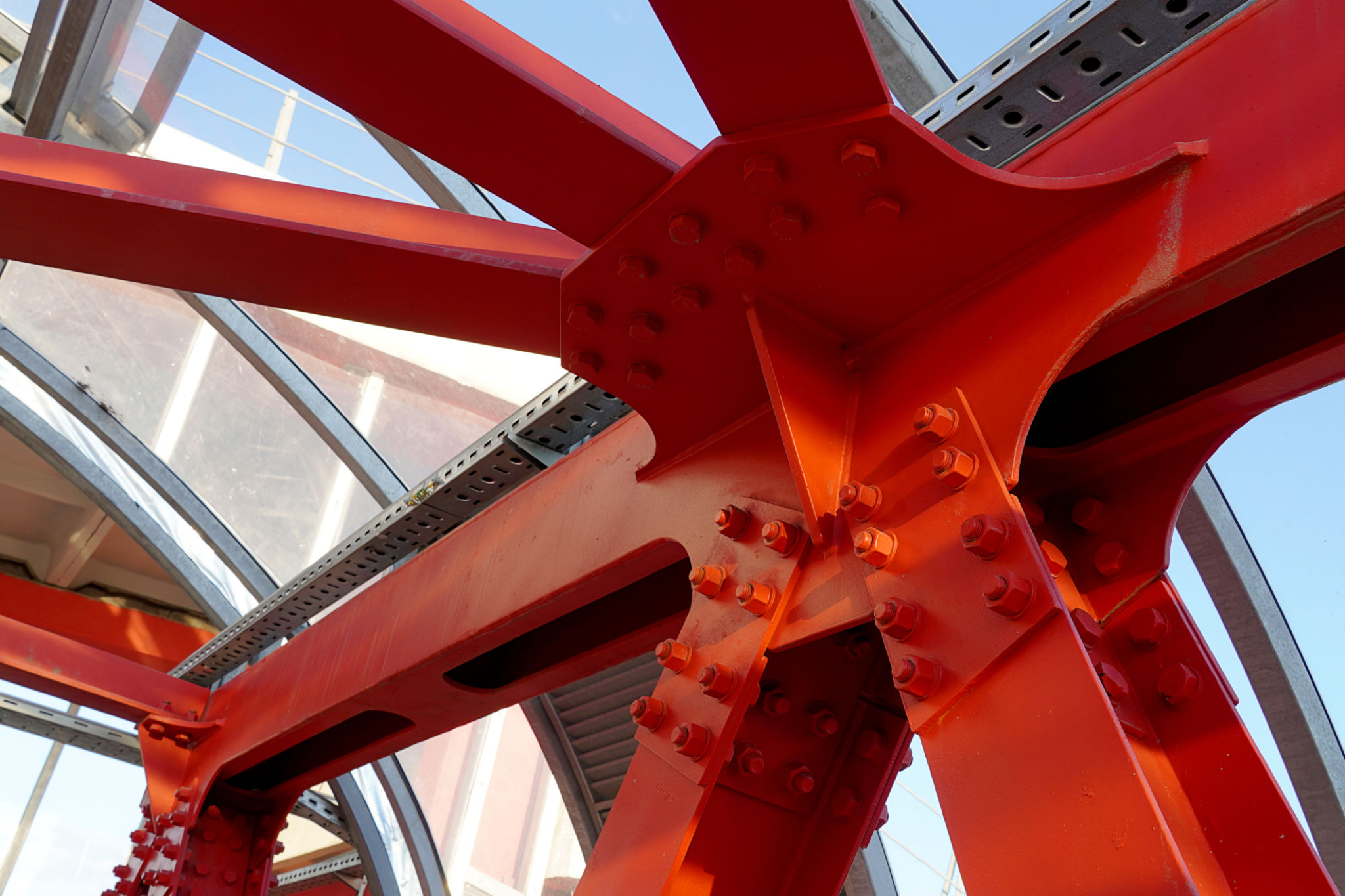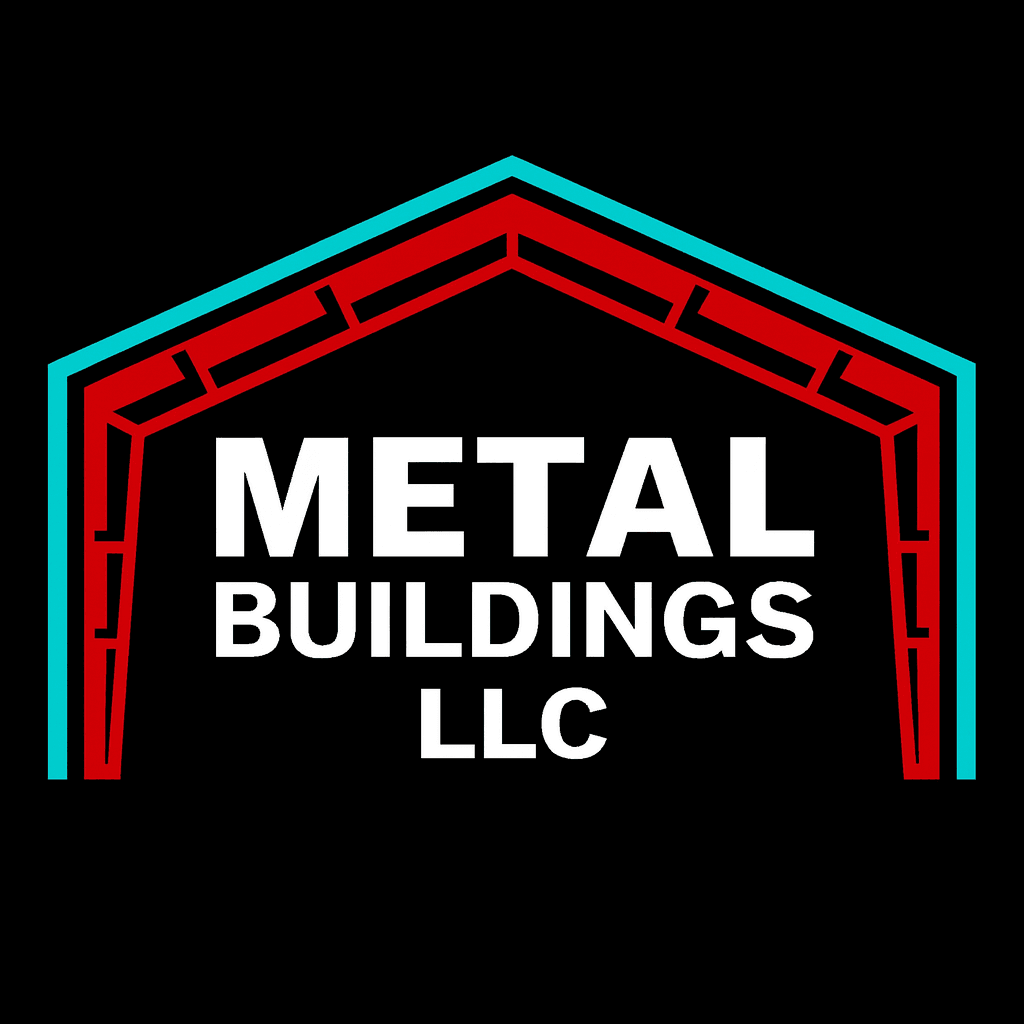Understanding Red Iron Buildings: A Comprehensive Guide
What Are Red Iron Buildings?
Red iron buildings, also known as steel buildings, are a popular choice in construction due to their durability and cost-effectiveness. These structures are composed of steel components that are coated with a red oxide primer to protect against rust during shipping and construction. The term "red iron" refers to the appearance of the steel after this primer is applied.
These buildings are widely used for various applications, including warehouses, agricultural buildings, and commercial structures. Their modular design allows for flexibility in size and layout, making them suitable for a wide range of uses.

Components of Red Iron Buildings
The primary components of red iron buildings include columns, beams, and girders. These elements are made from prefabricated steel, which provides strength and stability. The use of steel allows for longer spans without the need for internal supports, creating open spaces ideal for multiple purposes.
Columns serve as vertical supports and are usually bolted to the foundation. Beams and girders are horizontal elements that connect columns and support the roof and walls. Roof purlins and wall girts are secondary framing members that add further stability to the structure.
The Benefits of Red Iron Buildings
Red iron buildings offer numerous advantages over traditional construction methods. One of the most significant benefits is their durability. Steel is resistant to pests, fire, and harsh weather conditions, ensuring a longer lifespan for the building.
Another benefit is the cost-effectiveness. Steel's strength-to-weight ratio allows for reduced material costs and faster construction times. Additionally, these buildings require minimal maintenance over their lifespan, further reducing costs.

Design Flexibility
The design flexibility of red iron buildings is another key advantage. These structures can be customized to meet specific needs, from the size and shape to the interior layout. This adaptability makes them ideal for businesses that may need to expand or reconfigure their space in the future.
Furthermore, modern design techniques allow for aesthetically pleasing exteriors, with options to incorporate various materials such as glass or brick to enhance curb appeal.
Environmental Considerations
In addition to their practicality and efficiency, red iron buildings are environmentally friendly. Steel is one of the most recycled materials in the world, and using it in construction helps reduce waste and conserve natural resources.

Moreover, these buildings can be designed to include energy-efficient features such as insulation and solar panels, contributing to reduced energy consumption and lower utility bills.
Construction Process
The construction process for red iron buildings is relatively straightforward. After the design phase, components are fabricated off-site and then transported to the construction site. This prefabrication reduces on-site labor and speeds up the building process.
Once on-site, the components are assembled using bolted connections, which simplifies construction and ensures precise alignment. This method also allows for easy disassembly should the building need to be relocated or repurposed.
Conclusion
Red iron buildings provide an efficient, durable, and flexible solution for various construction needs. Their advantages in terms of cost, design versatility, and environmental impact make them an attractive option for many projects. As technology continues to advance, these steel structures will likely become even more prevalent in the construction industry.
